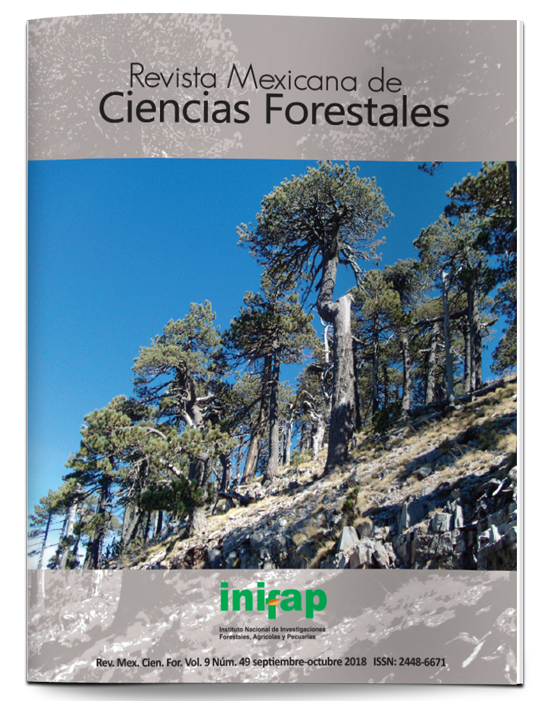Institutional coordination of prescribed and controlled burns in Mexico
DOI:
https://doi.org/10.29298/rmcf.v9i49.169Keywords:
Conafor, ejidos and indigenous communities, fire management, forest wildfires, non-governmental organizations, universitiesAbstract
Fire management in Mexico has been promoted by various governmental and academic institutions, as well as organizations of civil society, as a strategy to minimize the negative impacts of forest wildfires and maximize the positive effects of fire. One of its objectives is to keep the occurrence of forest fires within the range of variation of natural fire regimes for each ecosystem. Prescribed burns and controlled burning are tools that can be conducted to accomplish fire management goals. In Mexico there has been a recent promotion of these practices, but there is little information on institutional coordination in their execution. It is essential to generate this information in order to improve these practices, following the principle of adaptive management. In this paper we describe the institutional heterogeneity involved in five controlled and prescribed burns in Mexico, and compare them to that experienced during a forest wildfire. It was found that, in different regions of the country, members of both Conafor and local brigades, academia, and organizations of civil society played different roles during the burns. It is necessary to consider the institutional diversity of the country and the importance of these institutions in order to reach agreements that may allow different actors to participate in the execution of prescribed and controlled burns.
Downloads
Published
How to Cite
Issue
Section
License
The authors who publish in Revista Mexicana de Ciencias Forestales accept the following conditions:
In accordance with copyright laws, Revista Mexicana de Ciencias Forestales recognizes and respects the authors’ moral right and ownership of property rights which will be transferred to the journal for dissemination in open access.
All the texts published by Revista Mexicana de Ciencias Forestales –with no exception– are distributed under a Creative Commons License Attribution-NonCommercial 4.0 International (CC BY-NC 4.0), which allows third parties to use the publication as long as the work’s authorship and its first publication in this journal are mentioned
The author(s) can enter into independent and additional contractual agreements for the nonexclusive distribution of the version of the article published in Revista Mexicana de Ciencias Forestales (for example, include it into an institutional repository or publish it in a book) as long as it is clearly and explicitly indicated that the work was published for the first time in Revista Mexicana de Ciencias Forestales.
For all the above, the authors shall send the form of Letter-transfer of Property Rights for the first publication duly filled in and signed by the author(s). This form must be sent as a PDF file to: ciencia.forestal2@inifap.gob.mx
This work is licensed under a Creative Commons Attribution-Noncommercial 4.0 International license.







